 Tenant Satisfaction Measures (Tsms) With Better Maintenance Explained
Tenant Satisfaction Measures (Tsms) With Better Maintenance Explained

What Happens When You Treat Property Maintenance as a Brand-Building Advantage—Not Just a Cost?
Tenant satisfaction is no longer a back-office metric you can hide behind. Property owners, agents, and facilities managers now have their reputations tied, in real-time, to how fast, openly, and skillfully they handle maintenance—because Tenant Satisfaction Measures (TSMs) don’t just track compliance, they surface every service gap right on your public record. In 2024, residents expect more than polite apologies and a stick-it-on-the-list approach. They want to know if you actually deliver, document, and care.
People remember how their home was looked after—long after the tenancy changes hands.
All those late repairs, missed updates, or routine jobs ticked off in a hurry? They’re now permanent fingerprints on your landlord register, digital reviews, and audit history. Proactive, professional maintenance isn’t just about avoiding hassle. It cements trust, builds your local reputation, and keeps compliance from becoming a full-time firefighting job. If you want tenant loyalty, regulatory calm, and properties that become renewal magnets, it starts with every action your maintenance team takes—and how clearly you communicate it.
Which Maintenance Requests Actually Move the Needle on Tenant Satisfaction (and Complaints)?
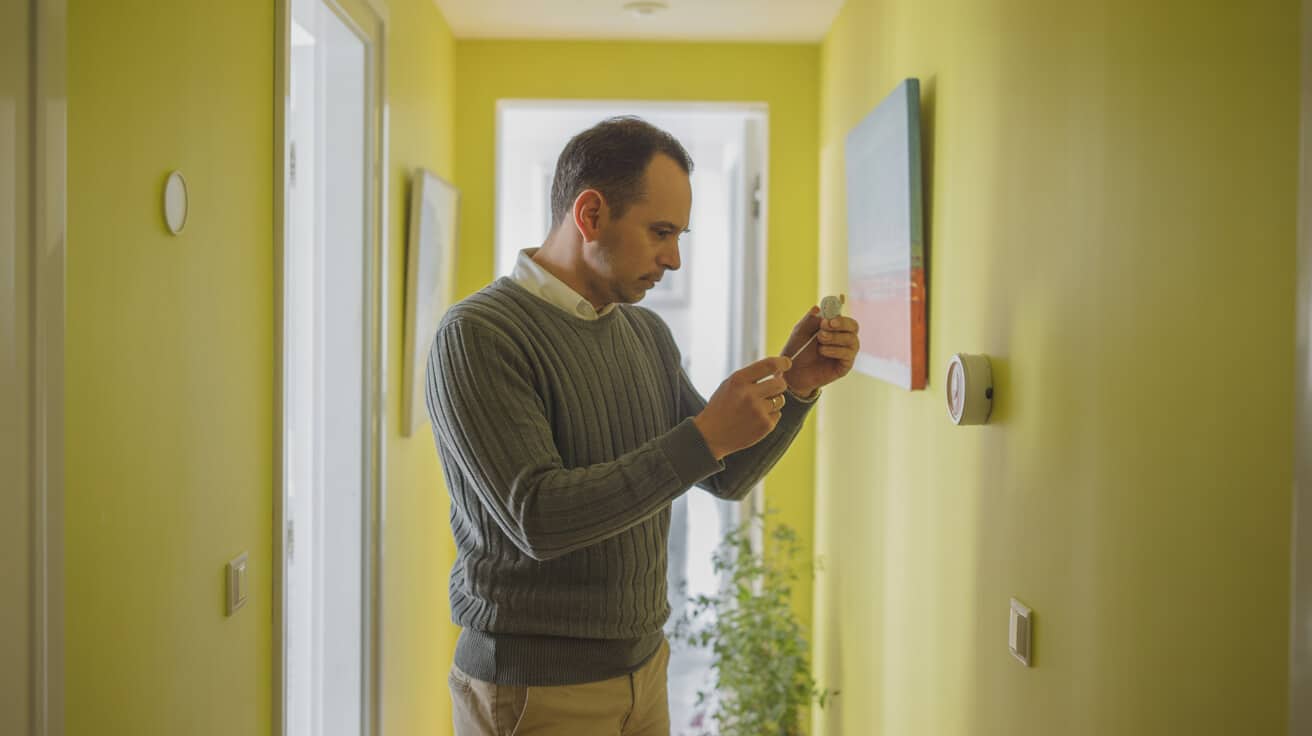
It’s easy to drown in a sea of to-do lists, but most tenant frustration—and nearly all serious complaints—centre on a shortlist of “comfort critical” repairs. Nailing these jobs, every time, is how landlords and agents quietly leapfrog the competition in reviews and retention.
Kitchens: The Day-to-Day Test
Kitchens aren’t just another room. They’re the heartbeat of daily living, which is why even minor faults—leaky taps, broken extractors, sticky cupboard doors—irritate tenants faster than you’d expect. When you fix kitchen issues quickly, it signals respect and care for the whole living space. Sector-wide data backs it up: kitchen repairs feature in the top tier of tenant gripes, with unresolved faults almost instantly hurting review scores and TSM feedback (Marks Out Of Tenancy).
Bathrooms: Privacy, Speed, and Cleanliness
Bathroom faults carry a multiplier effect on tenant anxiety. No-one wants a slow response when it’s a leaking shower, dodgy flush, or extractor stuck on full blast. Fast, clean, discreet repairs go beyond technical skill—they show tenants you get what really matters. Miss the mark, and you’ll see complaints escalate to letting agents and Google reviews before you know it (HexaPM).
Damp and Mould: Zero Tolerance Zone
There’s no wiggle room here. Visible damp, black mould, or musty rooms erase goodwill and trigger fast-tracked complaints to authorities or environmental health. Swift, documented action on damp delivers the biggest trust win per hour spent. Ignore it, and you attract not just tenant anger—but real regulatory headaches down the line (Number Analytics).
Thorough action on damp and mould shows tenants the property is truly cared for—not just legally compliant.
Bottom line: Target critical spaces with urgency, communicate every fix, and you’ll see tenant satisfaction (and lease renewals) go up—while public complaints fade.
What’s Different About Tenant Satisfaction Measures in 2024—and Why Are Standards Rising Fast?

Tenant Satisfaction Measures aren’t just a new name for old checklists. They’re a double-edged sword: a public scoreboard overlaying every address you manage, and an audit platform for regulators watching how you operate, communicate, and respond.
Two Sides of the TSM Coin
1. Tenant Perception Measures (TPMs)
These are straight from tenants—and focus on:
- Repairs: Was the job done right and quickly?
- Communications: Did tenants feel informed from start to finish?
- Respect: Did your team treat their home and time well?
TPMs don’t care how big your team is—they care how tenants felt about the work and the interaction (Shelter).
2. Management Information Measures
This is the paperwork side—real data on:
- Every repair’s who, what, when, and outcome—digitally stamped and photo-backed
- Annual safety records for gas, electricity, water, asbestos—no exceptions
“Complete the circle” isn’t a suggestion; your data is checked against tenant reality—and published for all to inspect (GOV.UK Guidance).
What does this mean for you? No more paper logs or “we’ll get to it.” Teams that win at TSMs are proactive, visible, and systemised. Quick fixes and last-minute forms don’t cut it. If you want your properties to shine, show your process out in the open.
Why Rapid Response and Preventative Maintenance Flip the Tenant Experience—and Your TSMs
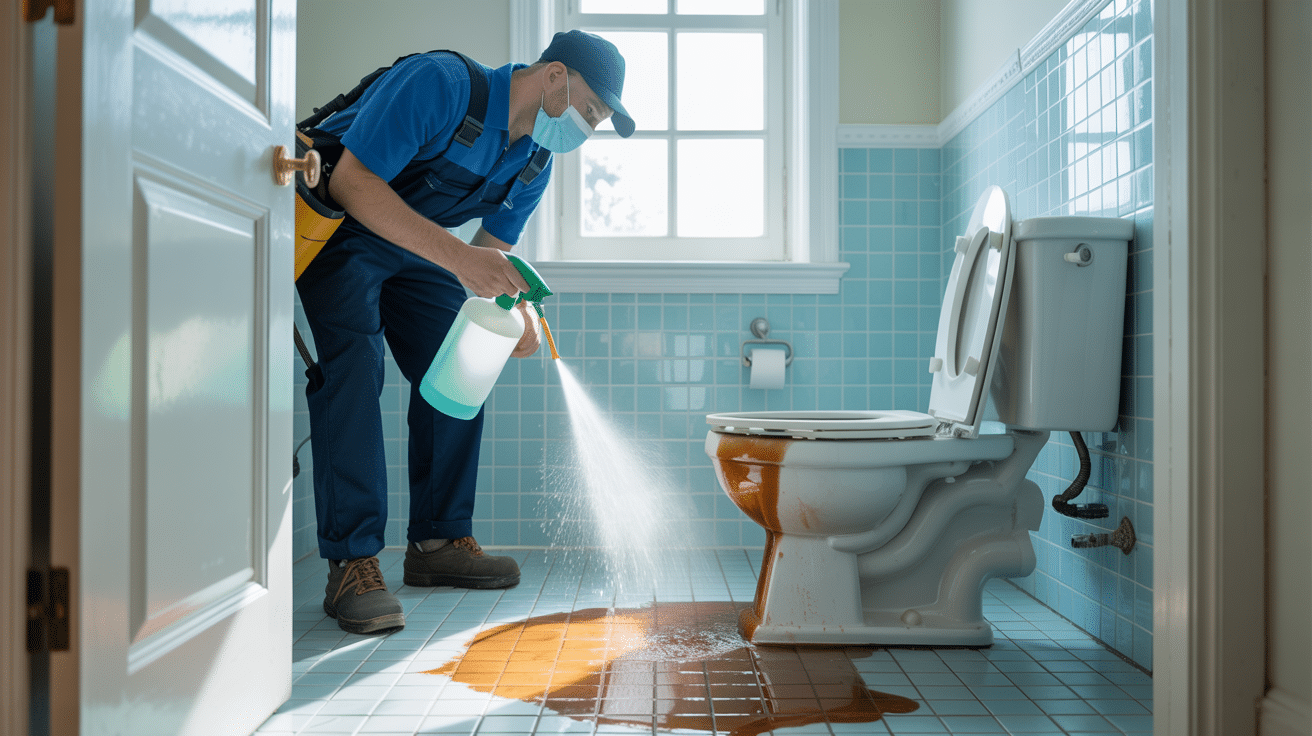
Speed, quality, and communication are the triad every tenant ranks. TSMs no longer accept “best efforts” or “reasonable delays.” Evidence, both from the sector and the regulators, is clear: fix urgent jobs within 24 hours and communicate on everything else, and you’ll top the satisfaction charts.
The 24-Hour Rule That Sets You Apart
Urgent repairs (heating loss, leaks, power issues) are now judged on speed—same-day fixes earn top scores, delays cost you dearly. Even for routine repairs, sector leaders resolve non-emergencies within five working days. Longer waits? They mark down your service, leave, and spread the word (Finaptis).
Make Maintenance Checks and Real-Time Updates a Core Service
- Routine visual inspections catch wear-and-tear before it becomes a meltdown.
- Live updates (even as simple as “engineer en route” texts) cut complaints and prove responsiveness.
Routine checks stop minor irritations from turning into major headaches, saving budget and reputation in the process ([GOV.UK Guide](https://www.gov.uk/government/collections/tenant-satisfaction-measures?utm_source=openai)).
Follow-ups—like post-repair confirmations or feedback calls—close the trust loop. Landlords using these basics outperform the market not only in TSMs but in online reviews and referrals (HexaPM).
What Are You Really Risking by Delaying or “Just Getting By” on Repairs?
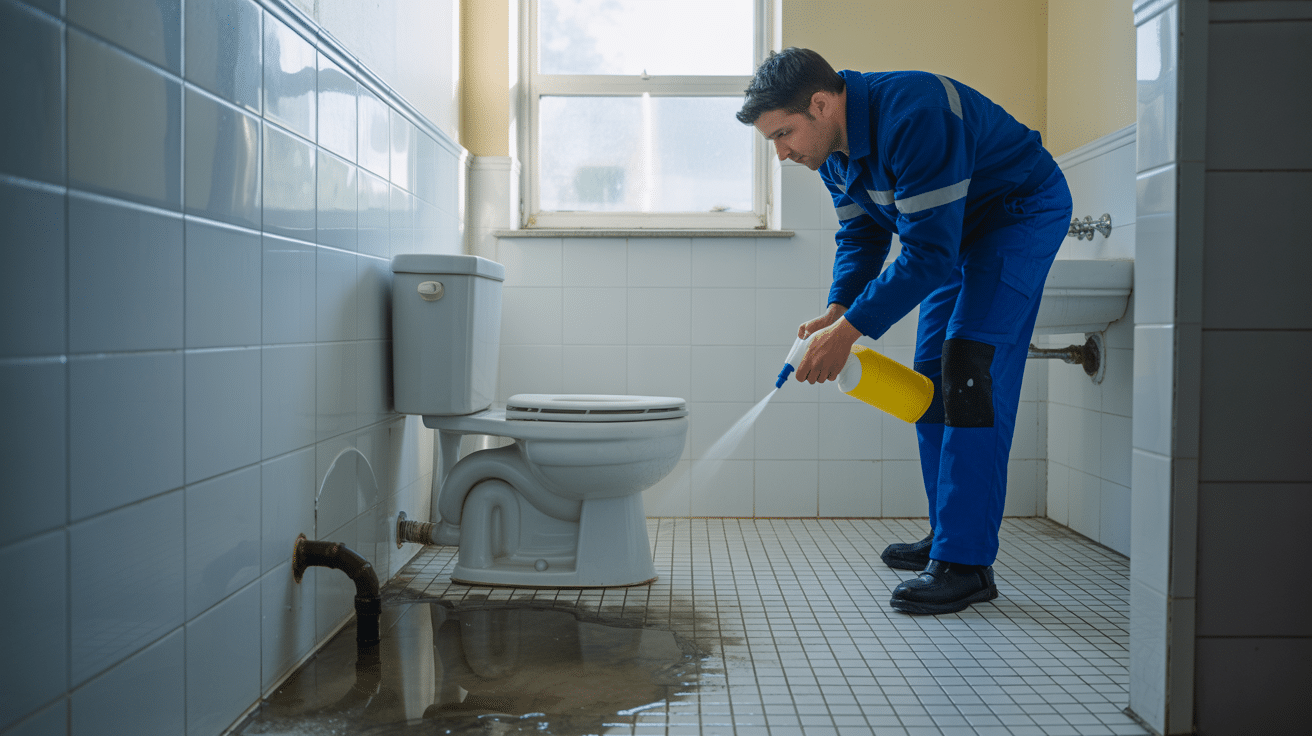
Seeing maintenance as a necessary evil or compliance box-tick is the shortcut to heavier costs and headaches—many of them invisible until they cost you serious time and money.
Compounding Losses: Complaints, Bad Reviews, Harder Lets
Every late or half-baked job exposes you to public complaint cycles—high-visibility reviews, longer empty periods, escalating advertising bills. One messy leak or late boiler repair can spiral into scathing feedback and lost leverage for months (Marks Out Of Tenancy). The costs become visible in both cash flow and property value.
The Regulator’s Lens: Fines, Penalties, and More Red Tape
Miss a safety milestone or fudge your records, and expect to find yourself under the spotlight. Authorities now cross-match TSM reports, tenant complaints, and property audits—weak documentation isn’t just risky, it’s a beacon for repeat inspection (GOV.UK Guidance). Digital proof now means photo logs, e-signatures, and timestamped maintenance records.
Solid records buy you protection and peace; missing data brings scrutiny, stress, and extra cost.
Short-term savings by skipping jobs or skimping on quality pile up in the background: more frequent repairs, rent lost during longer voids, and friction with local authorities that can damage your reputation and future business.
How Do Professional Multi-Trade Maintenance Teams Give You an Edge?
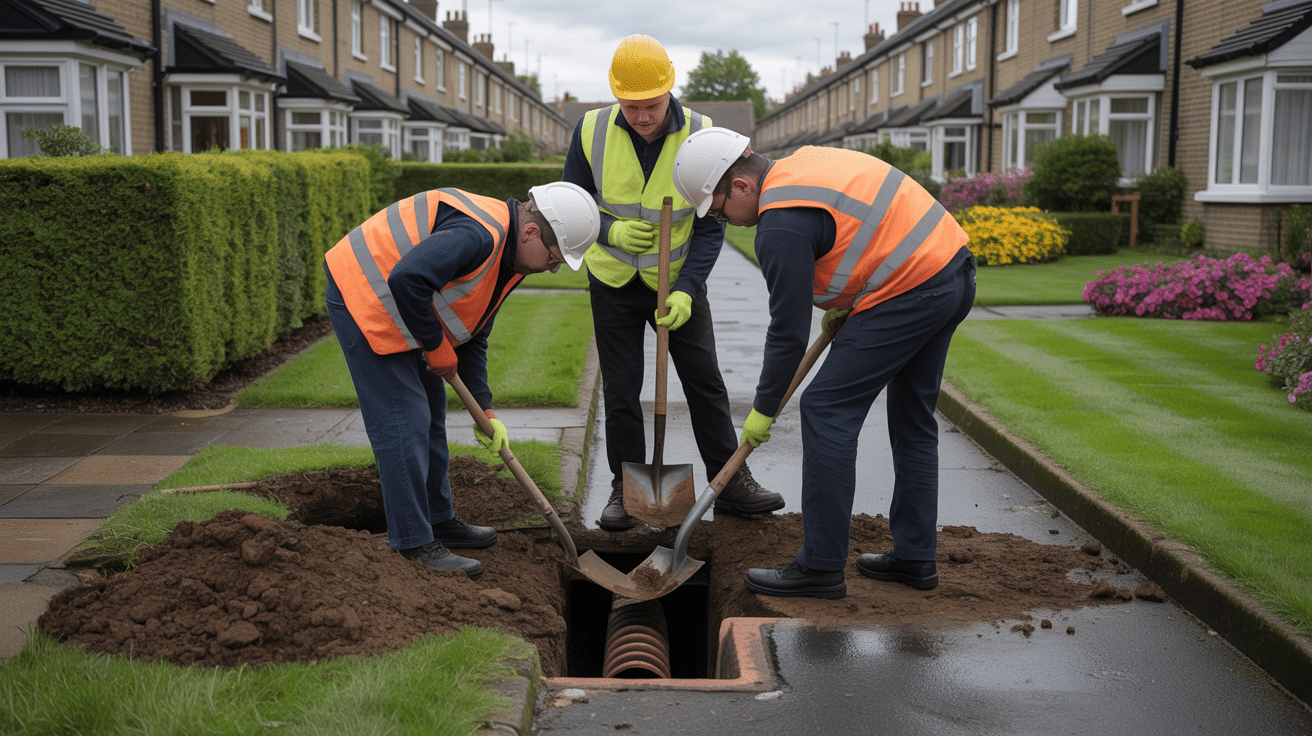
Today’s top-tier property upkeep is about more than single-trade “fixers.” The most effective providers are teams that cross domains—handling multiple job types, underpinned by robust qualifications, all in one visit.
Why Multi-Trade Teams Finish What They Start
At All Services 4U, engineers aren’t just City & Guilds and NVQ certified—they’re also IPAF and PASMA registered, with DBS clearance. That means you can deploy workers who repair a kitchen fault, instal a compliance detector, and handle minor electrics in a single session—cutting downtime, repeated calls, and tenant frustration.
- *One callout solves several issues—minimising disruption and cost.*
- *Pro technicians judge if it’s a quick repair, an escalation, or something needing replacement—so you always get a permanent fix, not just a quick patch.*
- *“All Services 4U’s team solves repairs across kitchens, bathrooms, electrics, and compliance in one go—keeping tenants happy and audits easy.”*
Transparency that Calms Both Tenants and Auditors
Smart providers leave a digital paper trail:
- Jobs confirmed in writing, before/after photos for every fix, real-time progress logs
- EICRs, fire safety, gas checks, all updated instantly in the system
- Proactive requests for tenant feedback (with a real person reading them)
This builds visible trust, short-circuits audit stress, and future-proofs your compliance—no gaps, no guesswork, no tense calls on “where’s the paperwork?”
Transparent reporting is the new baseline, not a premium extra ([Citizens Advice](https://www.citizensadvice.org.uk/housing/repairs-in-rented-housing/fixing-repairs/the-landlords-responsibility-for-repairs/?utm_source=openai)).
Which Maintenance KPIs Actually Drive Stronger TSMs and Lease Renewals?
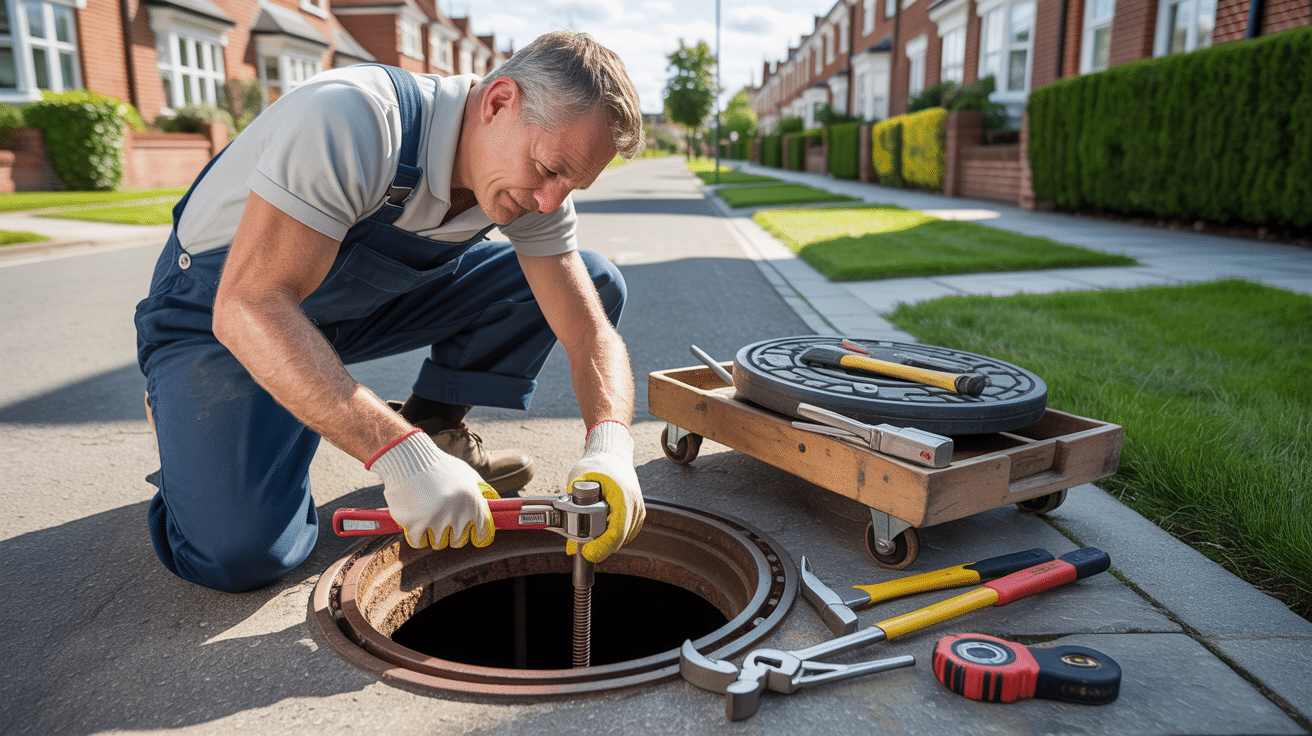
Every property manager’s dashboard drowns in stats, but certain numbers cut through, driving up both TSMs and renewal rates. Here are the ones that matter most.
24-Hour Urgent Response Rate
Nothing moves TSMs like fixing emergencies within 24 hours. Track, improve, and publicise your rapid-turnaround—landlords who do this consistently see double-digit boosts in tenant retention and 5-star review ratios (Finaptis).
“Right-First-Time” Completion Score
Quick wins are useless if you’re back in a week. Data shows landlords who get it right the first time—no repeats, no snags, no follow-ups—capture more referrals and spend less on rework and apology compensation (Number Analytics).
Net Promoter Score (NPS): The Loyalty Indicator
The ultimate growth metric isn’t just the absence of complaints—it’s a tenant base that actively recommends you. TSM-focused, first-time-fix operations build the trust needed for higher NPS, setting off a virtuous cycle for your brand (HexaPM).
Does Better Maintenance Mean Higher Costs and Tighter Red Tape?
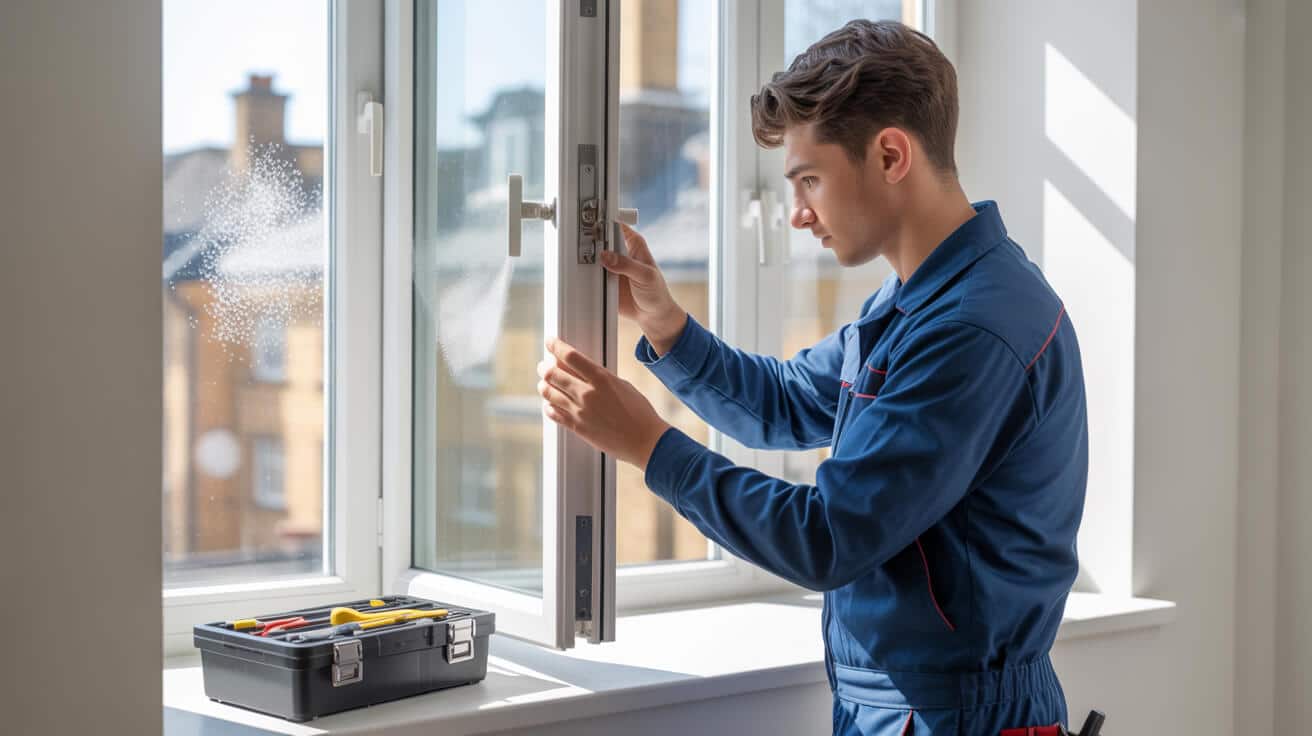
It’s easy to blame new standards for raising costs or burying your team in admin. But the hard evidence flips that belief: planned, professional maintenance actually lowers repair spend and administrative burden over time.
Investment Compounds—Mistakes Multiply
- Minimising repeat repairs: Multi-skilled, accountable teams close jobs on the first visit—freeing up precious callout slots and preventing nagging tenant emails.
- Digital evidence slashes admin: Centralise logs and automate reporting, so audits are painless and nothing gets lost.
- Tenant retention vs. churn: Reliable maintenance keeps good tenants—churn is the hidden killer of landlord ROI.
- Risk reduction at scale: When something does go wrong, traceable records and visible compliance protect against fines, rent paybacks, and legal wrangles.
The cost of ‘good enough’ maintenance is always greater than you think, once the dust settles.
The reality? Front-load your investment in teams, tech, and transparency, and you’ll unlock easier compliance, peace of mind—and most importantly, a reputation that pays back every single day.
Where Should You Start If You Want Higher TSMs, Fewer Complaints, and a Resilient Portfolio?
Whether you’re responsible for a single flat or a multi-site portfolio, the decision is the same: hold maintenance at arm’s length and watch your brand erode, or make it a competitive weapon with the right partner and systems.
All Services 4U deploys certified pro teams armed with the latest digital tools, proactive scheduling, and transparent reporting—built around a refreshingly human, “get it done right” service model.
- Book a qualified engineer with first-call expertise in kitchens, bathrooms, electrics, and compliance.
- Enjoy digital logs, photo timelines, and seamless reporting, ready for any audit or tenant query.
- See issues fixed—and feedback loops closed—in a single, minimally disruptive visit.
Tenant trust grows, audit nerves fade, and your properties become renewal magnets—one repair at a time.
Make Tenant Satisfaction, Compliance, and Reputation Your Competitive Edge with All Services 4U
Every property owner and manager faces tougher scrutiny—whether from regulators, online reviews, or tenants who expect better. Yet the answer is surprisingly simple: get proactive with maintenance, document it well, and fix things first time.
All Services 4U raises the bar on TSMs, repairs, and resident experience—through qualified, multi-trade teams, transparent digital systems, and a culture of “do it once, do it right.” Want to put stress, gaps, and penalty risks in the past—and make satisfied tenants your growth engine? See how you can set a new standard with All Services 4U today.
Frequently Asked Questions
Why do Tenant Satisfaction Measures (TSMs) fundamentally shape the way maintenance is managed in UK social housing?
Tenant Satisfaction Measures are not just regulatory box-ticking—they have become the yardstick shaping every key maintenance action, from the pace of repairs to how thoroughly each case is documented. The Regulator of Social Housing requires landlords to hit specific, measurable targets covering both technical accomplishments and the lived experience of tenants. This means you face transparent, annually published scores on everything from how fast emergency repairs are finished to the quality of communications with residents. The effect? Maintenance teams can no longer hide behind averages: every missed appointment or prolonged fix directly impacts your compliance grade, tenant loyalty, and public reputation.
“In this new era, trust is built on evidence—TSMs turn every repair into a moment of accountability.”
How do TSMs alter accountability and operational pressure?
Landlords are now directly answerable for tenant sentiment, not just the technical job log. One slow leak or poor aftercare becomes a published data point, scrutinised by auditors and tenants alike. Inspections, property condition, and responsiveness feed into a public scorecard, creating daily operational urgency.
Who actually owns TSM results?
Whether you outsource repairs or not, your board and senior leadership hold ultimate legal and reputational responsibility. TSM breaches lead not only to regulatory probes but also to lost trust among tenants and potential intervention at the highest managerial level.
What’s included in TSMs that most impacts maintenance?
- The speed of emergency repairs and first-time fixes
- Tenant-reported satisfaction on communication, property safety, and quality of work
- Evidence that homes meet Decent Homes Standard and statutory checks are never missed
How public hearing has sharpened standards
Annual publication and tenant-facing surveys mean every workflow is open to scrutiny. If your data and tenant feedback disagree, expect urgent questions from both regulators and residents.
Which property maintenance actions most influence TSM results and day-to-day tenant confidence?
Certain repairs register as “make or break” for TSM performance and tenant perception. Fast, complete fixes in areas that strongly impact daily comfort—kitchen faults, heating breakdowns, damp remediation, and safety checks—outweigh less visible upgrades or minor cosmetic work. Every official survey and sector report since 2022 points to a clear pattern: the repairs most closely tied to comfort, hygiene, and safety are the very triggers tenants recall on feedback forms.
Which fixes create the largest perception gains?
- Kitchen repairs: Rapidly resolving leaks, failed appliances, or worn-out cabinets directly influences tenant confidence that you care about daily wellbeing.
- Bathroom repairs: Speedy fixes to leaks, low-flush performance, or broken showers restore both dignity and satisfaction, with direct survey impact.
- Damp and mould treatment: Rigorous, lasting remediation—not superficial cleansing—signals to tenants and auditors that health and asset longevity are priorities.
- Planned safety checks: Up-to-date certificates on gas, electrics, and alarms avoid compliance disruption and boost tenant trust.
Why is communication a parallel repair?
Tenants judge not only the result but the process: timely updates, clear timings, and post-fix care trigger higher TSM satisfaction. In 2024, properties with auto alerts and SMS job progress notifications saw up to 18% better satisfaction scores than those relying on “we’ll call you” systems.
- Proactive digital communication bridges anxiety and frustration gaps
- Transparency reduces inbound complaints and lifts feedback rates
“The difference between a five-star experience and a formal complaint often comes down to feeling seen and kept up to date, not just the quality of the final fix.”
What are common blind spots?
Delays for “small” repairs that escalate into damp or tenant safety risks. Patch jobs instead of permanent solutions. Statutory certificates left to the last minute. These points accumulate in the tenant memory, dragging TSMs down.
How does first-time repair success transform tenant retention, compliance, and portfolio profit margins?
Fast, successful repairs on the first visit are the secret weapon for outperforming both TSM metrics and market competitors. Housing studies consistently show that properties achieving first-time fix rates above 80% also enjoy superior tenant retention—tenants stay put, renew leases, and leave positive reviews. Conversely, dragged-out fixes and repeat appointments erode loyalty and increase regulatory scrutiny.
What concrete impacts are driven by first-visit repair success?
- Tenant loyalty: Properties with high first-fix rates regularly report retention rates 10–15% above sector averages and fewer complaint escalations year-on-year.
- Reduced operational waste: Every repair completed in one visit cuts scheduling load, saves on materials, and frees up staff for preventative or higher-skill tasks.
- Stronger compliance and lower void rates: Improved TSMs make for fewer vacant periods and lower letting costs.
What operational changes move the dial most?
- Multi-trade technicians solve more problems in a single slot—no bouncing between specialties or drawn-out delays.
- Better job triage and parts forecasting get the fix right up front.
- Embedded digital audit trails (time-stamped photos, client sign-off) ensure disputes do not linger.
“Tenants don’t recall the technical language in feedback surveys—but they never forget how quickly and smoothly you brought their home back to normal.”
What are the underappreciated costs of falling short?
Each failed or slow repair increases the probability of a follow-up call, a formal tenant complaint, or a negative survey—introducing drip-drip attrition to your business and compliance standing.
Which digital tools and KPIs most accurately predict TSM improvements—and how should landlords act today?
The top performers track only the most predictive metrics and deploy digital solutions that close the gap between issues raised and issues resolved. Instead of drowning in dashboard bloat, focus on KPIs that both reflect tenant perception and are within operational control.
KPIs landlords can’t afford to ignore
- First-fix rate: High on repair success at the first attempt means satisfaction and compliance converge.
- Average repair response time: Responding to and closing jobs rapidly is directly weighted in TSM calculations.
- % repairs within target: Consistency outperforms flash-in-the-pan speed—it’s this reliability that defines sector leaders.
- Advanced tenant feedback rates: High response and positive feedback, especially via digital channels, reinforce TSM gains.
- Annual retention rate and Net Promoter Score (NPS): Directly mirrors whether maintenance practice builds confidence or erodes trust.
| KPI | Why It Matters | Sector Best-Practice Target |
|---|---|---|
| First-fix rate | Proves efficiency and care | ≥80% |
| Avg. response time | Measures agility and urgency | < 24hrs urgent, < 5 days routine |
| Repairs within target | Predicts long-term tenant trust and TSM rating | ≥95% |
| Feedback return rate | Detects engagement and risk for silent churn | ≥66% |
| Retention rate | Translates to revenue and audit stability | >90% |
Which tools move the needle?
- Integrated digital portals (like All Services 4U’s) that centralise tickets, automate updates, and evidence every step
- Timestamped, photo-documented records for every repair, guaranteeing regulator and tenant confidence in service delivery
- Automated feedback triggers to capture sentiment while experiences are still fresh enough to influence TSM cycles
The operational bonus
These tools not only ensure you’re always audit-ready; they turn maintenance into a profit-positive business lever by streamlining processes, raising positive survey rates, and protecting portfolio reputation.
How do lapses in maintenance speed and tenant communication create regulatory and financial risk?
Allowing minor jobs to languish, or leaving tenants in the dark about what’s happening with their property, is now a primary catalyst for regulatory enforcement and reputation loss. Housing Ombudsman data for 2023 registered a 300% upswing in escalated complaints tied directly to non-urgent repairs gone stale or communication failures. These gaps deliver a cascade of avoidable consequences: amplified voids, lost income, sudden audit, and a trail of negative online narratives.
The compounding risks of delay and poor updates
- Complaint escalation: Small, unresolved repairs generate formal complaints, sometimes snowballing to class actions or adverse press.
- Increased regulatory scrutiny: Repeated TSM failures flag you for targeted audits and, potentially, temporary rent caps.
- Unbudgeted major repairs: Neglected “minor” leaks or damp fast become material issues costing 5–20x more to resolve.
- Damage to digital reputation: Negative stories travel quickly, lingering long after the original issue is fixed.
“In today’s market, a single unattended repair can cascade from a tenant grievance into industry-wide cautionary tale.”
Compliance gaps and legal consequences
Failing statutory safety checks—gas, fire, or asbestos—not only erodes tenant confidence, but exposes you to fines, lost insurance, or, in severe breach, criminal liability.
How can landlords reverse the reputational slide?
Invest early in speed, digital evidence, and transparent updates. The benefits aren’t just regulatory—they translate to stronger renewal rates, easier lending, and more positive inbound tenant interest.
How does All Services 4U’s multi-trade, digital-first approach generate higher TSM ratings and robust tenant trust?
All Services 4U reimagines property maintenance by combining certified multi-trade teams, digital-first workflow, and proactive transparency. By solving multiple issues in one visit—especially kitchens, bathrooms, and compliance touchpoints—disruption is minimised and the “repeat-visit merry-go-round” is eliminated. Real-time status notifications, full photographic recordkeeping, and automated feedback requests transform repairs into trust-building experiences. Audit evidence, from timestamped photos to compliance documentation, is embedded into each fix, ensuring regulators and tenants have no reason to doubt the quality or the care invested.
What practical difference do clients and tenants see?
- One-stop repair visits that minimise waiting and confusion—tenants can plan their lives with confidence
- Live status tracking eliminates worry about “No Show” appointments or ambiguous timelines
- Evidence-rich compliance, where every repair doubles as an audit asset
- Feedback-driven learning: insights from every completed job are fed back to management, closing operational gaps for next time
Why does this approach reliably outperform traditional models?
It creates a self-reinforcing loop: every fix, every update, every action invites trust and clarity. Independent sector data shows that landlords using All Services 4U achieve top quartile TSM scores—lower complaints, higher occupancy, active positive reputation among prospective tenants and regulators.
“In a sector where trust is the ultimate currency, smart partners don’t just meet standards—they turn every requirement into an advantage.”
How can you translate this into measurable gain?
Partner with All Services 4U and experience maintenance as a business growth engine: fewer callouts, fewer voids, stronger audits, and tenants who recommend you year after year.
Ready to raise your TSM game? Connect for a tailored service pathway that pays dividends for tenants and asset holders alike.



